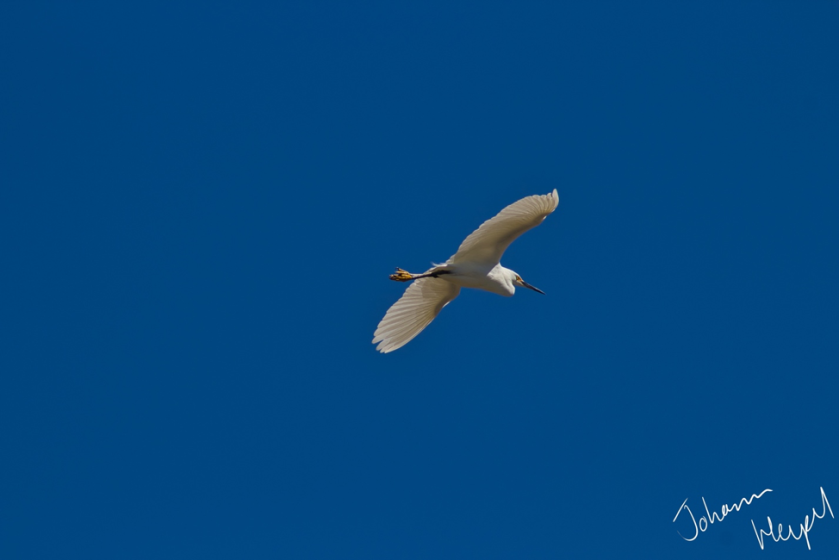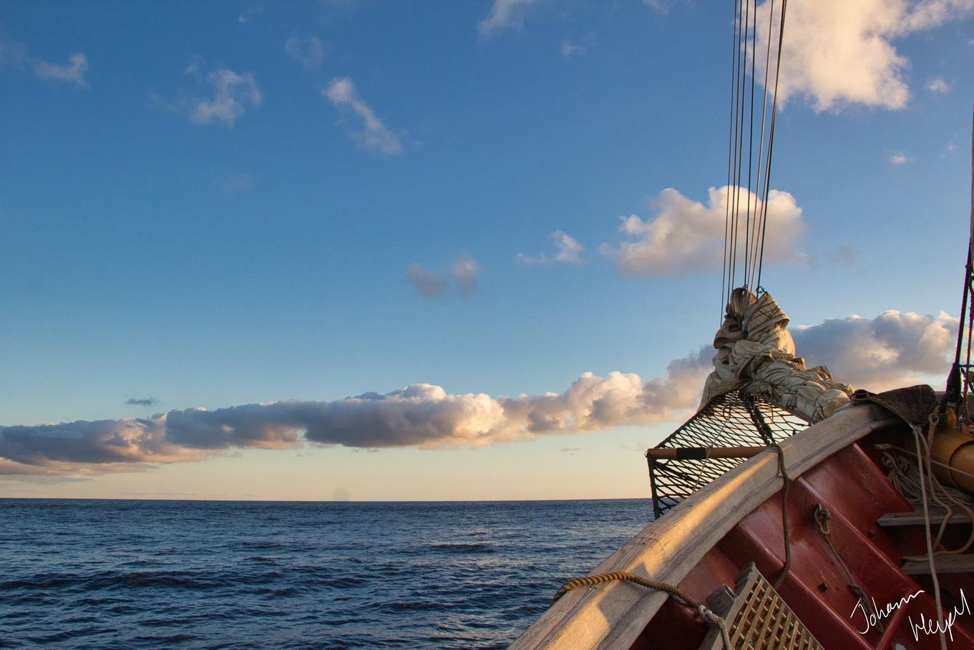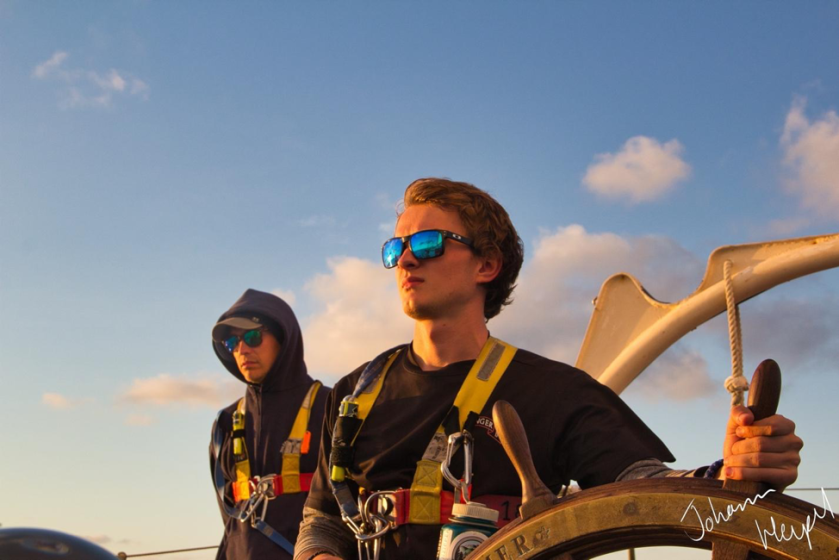This photo essay is by Fall 2019 student Johann Heupel. Johann is a Marine Science and Maritime Studies student at the University of Connecticut at Avery Point and a long-time aficionado of the history of our relationship to the sea. Having grown up in Mystic Connecticut, Johann’s future interests lie somewhere in educating a new generation about the wonders of the sea and our fascination with it, sharing maritime culture through art, science, song, and story.
This post is part of a series of photo essays depicting the Fall 2019 semester. For the complete series, click here.

(Above) Zach Arfa of F’19 engages in a snowball fight outside of Albion House.
We had explored the wonders of Alaska together, beheld the marvels of the Gulf of Maine and trekked across the changing coasts of Louisiana as a class. Yet our unity as a class came from time spent in our collective home: Mystic, Connecticut. After the incredible experiences we had shared, our time at the Mystic Seaport could seem tame in comparison. Yet it was those moments that truly allowed us to bond.
I was the only local kid amongst the group. I grew up in Mystic for 12 years of my early life. Though my family and I had wonderful memories of the area, it took an entirely new and excited group of outsiders to remind me why I loved Mystic so much. There is a unique blend of maritime culture and society, real-time activism and marine science that coincides with the quintessential small New England town.

(Above) The Charles W. Morgan on a snowy day at the Mystic Seaport Museum, part of Williams-Mystic’s campus.
Across the street from the largest maritime museum in the United States, we lived in a place where maritime history was a living, breathing quality. The river had been home to one of the most bustling shipbuilding communities of the region, constructing clipper ships of renown such as the Davy Crockett. Around the waterfront, salt marshes and wetlands were home to an incredible diversity of species to study.
Being residents of Mystic came with the privilege of learning about all the Seaport had to offer, visiting the Mystic Aquarium for free whenever we wanted, as well as enjoying the local businesses and restaurants, which Mystic has in droves. We could wake up a ten-minute walk from the hustle and bustle of the downtown or from the local YMCA. Kayaking along the beautiful riverbank or biking through the woods, we had a constant stream of activities to occupy our homework breaks.

(Above) Artie Claudio (F’19) works in the shipsmith’s shop during maritime skills class.
Learning from incredibly gifted and passionate professors was a true gift. Every single one of our teachers was invested in our learning. The entire staff spent their time making our time at the program as magical as possible, dealing with the bureaucracy of our home institutions or settling our personal issues to ensure we could focus on being engaged. We had the unique opportunity to learn maritime skills from experts, crafting metal objects in the smith’s forge or learning maritime songs with professional chantey singers.
Most of all, I will cherish the memories I made with my classmates for the rest of my life. Though we all came to this program for different reasons – some of us felt it furthered our interests, while others came to experience something new – we all took away from it something incredible. Whether it was our late hours watching movies and playing pool in Sturges Cottage, or our impromptu trips for ice cream or food, every moment was a smile with people I never would have met otherwise. I found my passion for my work at Williams-Mystic, but I also found a new passion for life – and I made some lifelong connections. An experience like Williams-Mystic changes a person, whether through the incredible experiences on field seminars or the meaningful moments at home. I know that I will never forget my time with these amazing people.

(Above) F’19 on our first day in Alaska, outside of Glacier Bay National Park in Gustavus.





















